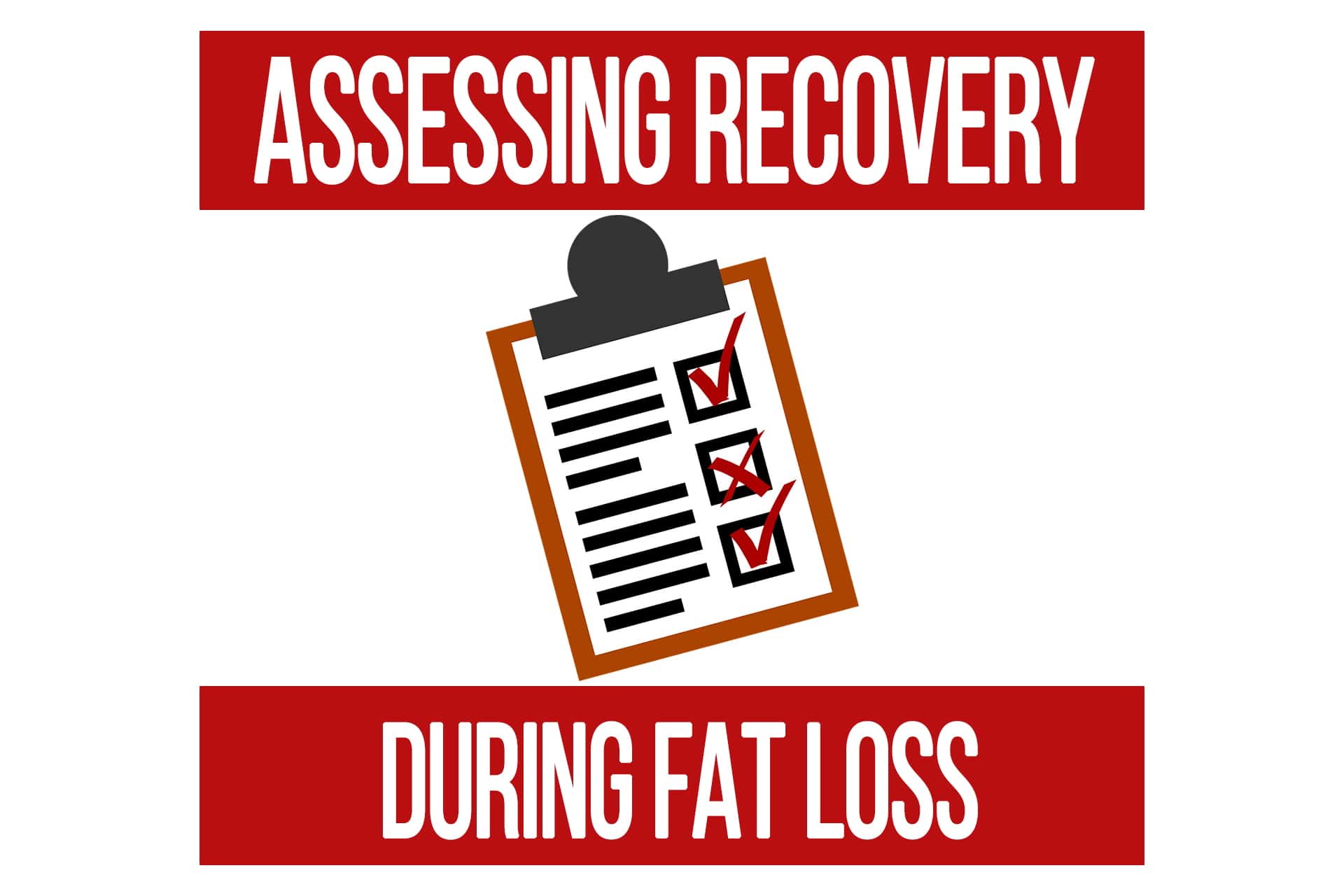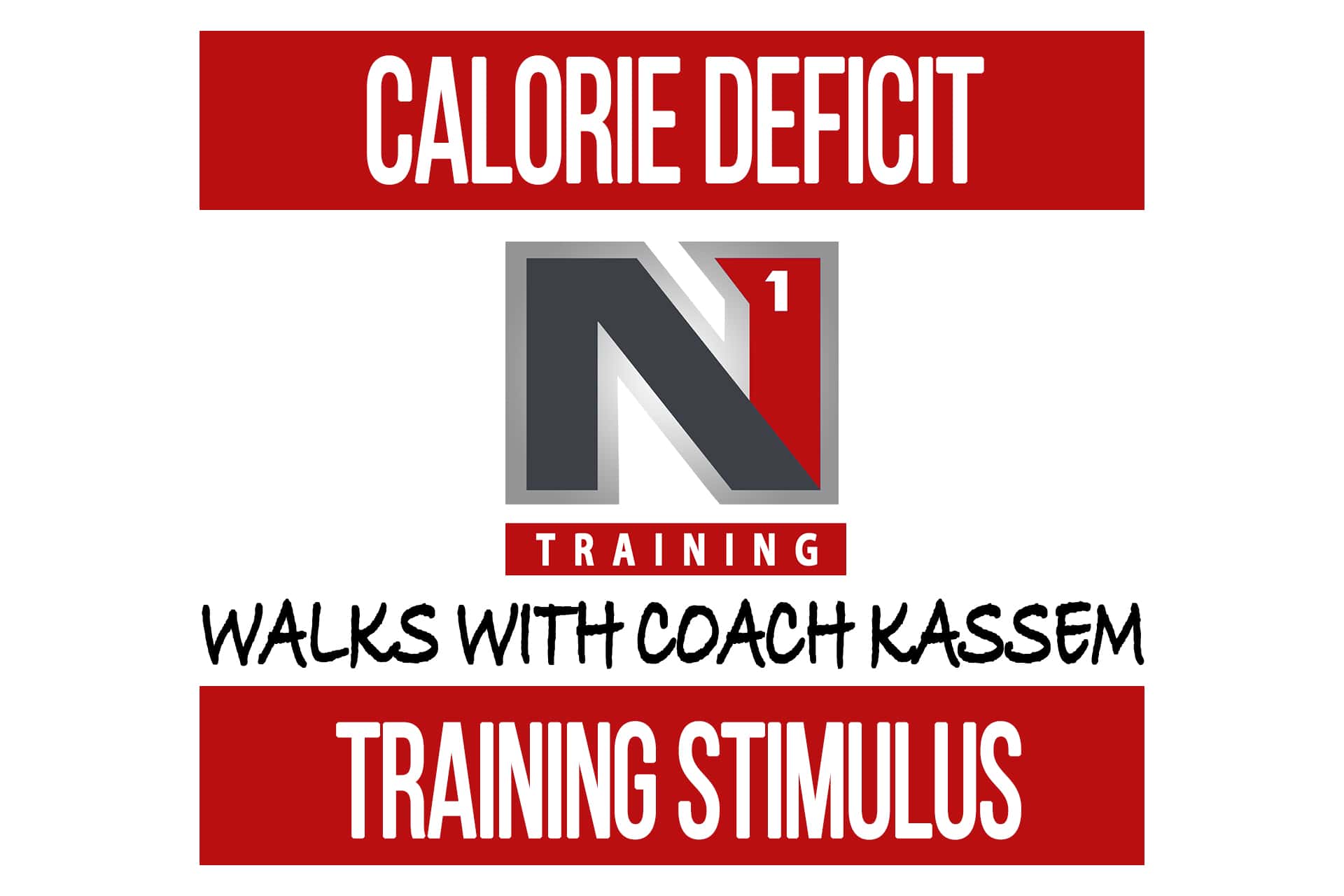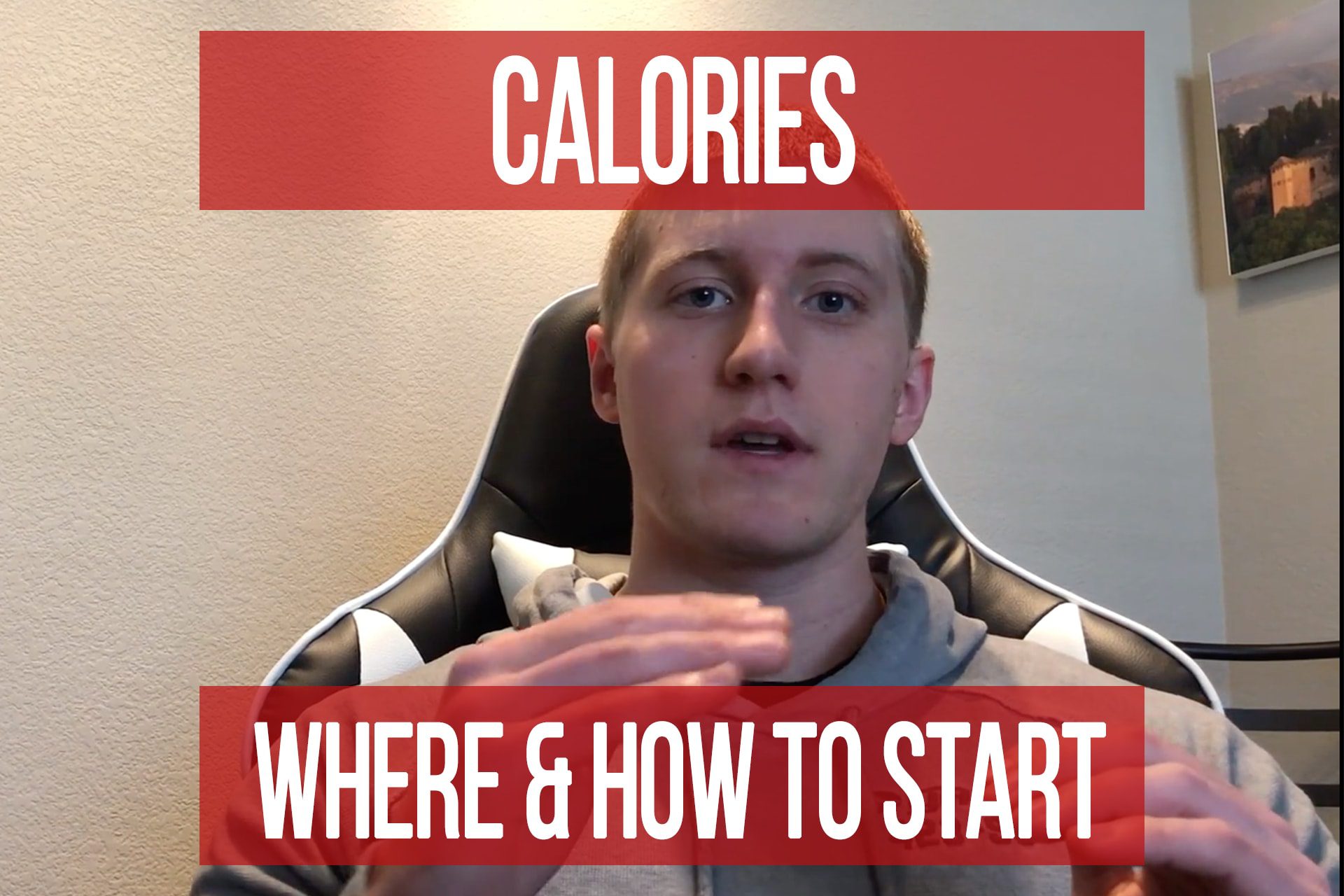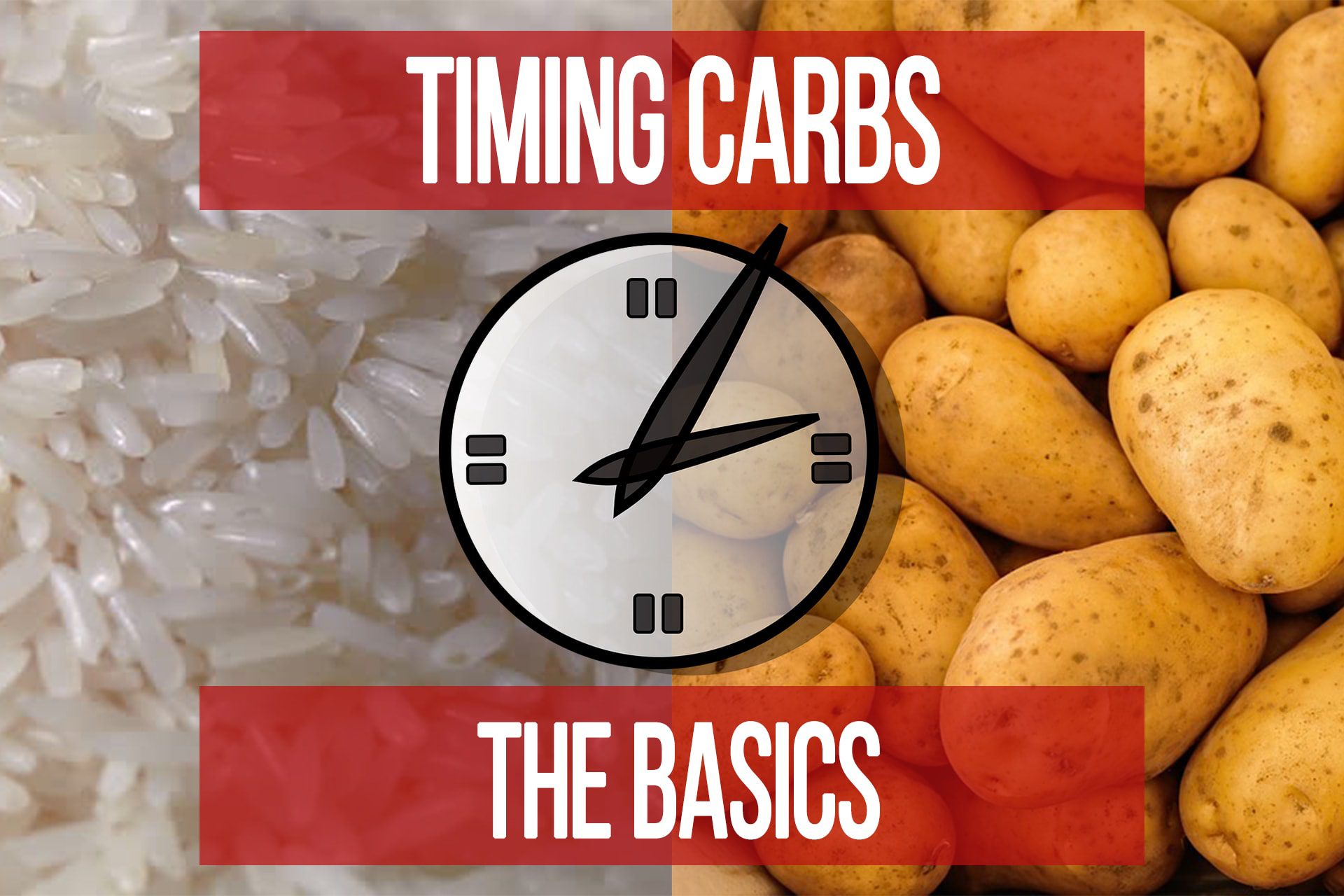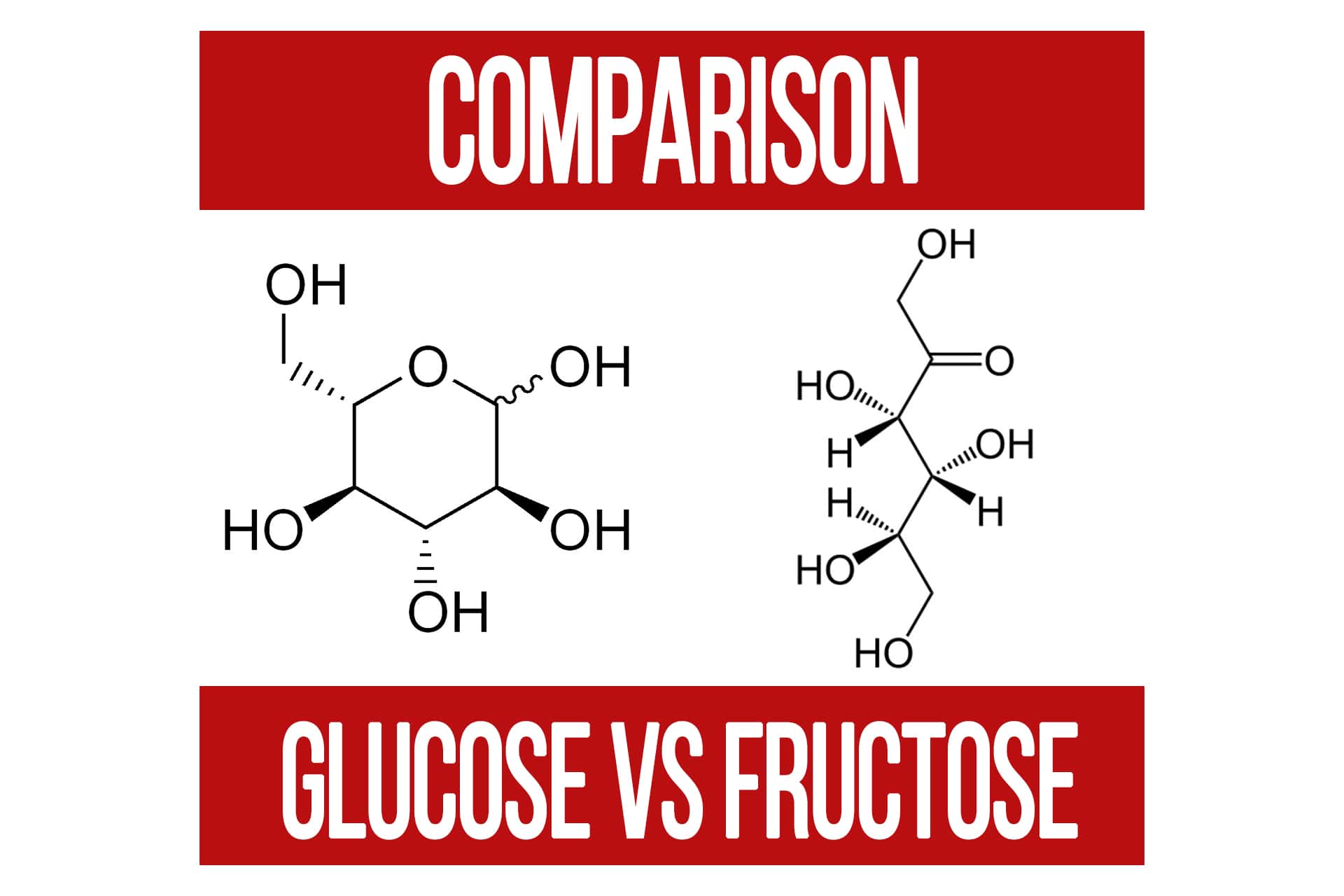Matching Nutrition to Training: Getting the Carbs Right
n1 training
While carbohydrates aren’t technically an “essential macronutrient”, they ARE essential if your goal is to optimize performance, body composition, and recovery from resistance training. Matching nutrition to training stimulus is always important for the best outcome.
The trick is matching the right amount of carbohydrates to the stimulus of the training. That is where some people don’t just miss the boat, they’re in another lake, especially when it comes to metabolic training.
Metabolic Training
Some types of training burn through glucose stored in the muscle tissue (glycogen) much faster than others on a set by set basis. That glycogen can only sustain you for so long under certain intensities. The longer the sets (time under tension) and the greater the intensity of the contractions the faster you’ll burn through it.
If that glycogen is not being replenished sufficiently between training sessions not only will performance drop off, but you will start creating an excess oxidative stress if you continue to attempt a metabolic training stimulus. Now, that is not to say oxidative stress is evil or to be avoided at all costs. There is a time and place where we may choose to create it, but we want to create it at the highest level of performance possible, which means you still need glycogen and carbohydrates.
The issue that arises with metabolic work on insufficient carbohydrates that results in excess oxidative stress is when it goes on for too long. Oxidative stress is inflammatory. When your muscle tissue becomes too inflamed it inhibits the uptake of glucose, which makes it much harder to replenish glycogen. It also can lead to a host of other issues like poor sleep, digestive issues, looking bloated or puffy, retaining fluid, etc.
Moral of the story, don’t do metabolic training without sufficient carbohydrates. The precise amount will depend on the type of metabolic stimulus and the individual, which is why we created the nutrition calculators for the N1 Training Programs specifically for each program along with guidelines for individualization.
Hypertrophy Training
Not only is sufficient carbohydrate intake important for keeping glycogen full for training performance, but it plays a role in muscle growth. Having full or mostly-full glycogen stores is important in part of the signalling processes for protein synthesis. Initiating and sustaining protein synthesis is a much more complex cascade than simply activating mTOR with leucine. Turning on mTOR is just one of many “switches” that must be flipped for protein synthesis to take place in the muscle after training.
Matching nutrition to training for hypertrophy has some of the greatest variability because there are multiple hypertrophy stimuli. This is where understanding each stimulus and their individual nutritional requirements is important.
While the demand for carbs may not be as high in all hypertrophy stimuli as some of the metabolic ones, there is still a need for them both for performance and recovery.
Neurological Training
Perhaps the lowest demand for glucose of all the training phases, neurological training is one that you could get away with minimal carbohydrates for a while. The demand for glucose, or rather the consumption of it by the muscle tissue, is the lowest in total with neurological stimuli.
That being said, you can certainly still have carbohydrates in your diet but you just won’t need as much. You do still need some glycogen to train optimally for certain neurological goals, such as maximum strength or starting strength. You’ll just need less to maintain your glycogen stores.
Closing Thoughts
There are times and situations where a zero carb or extreme carb-cycle approach may be beneficial for certain individuals. However, attempting to follow a zero-carb or simply insufficient carbohydrates can not only be a hindrance to your rate of progress but a detriment to your recovery and performance, resulting in you ending up further from your goal. This is why it is not just about “high carb”, “low carb”, or “no carb”, but more accurately the right amount of carbohydrates for the person, their goal, and the training stimulus.If you’d like to learn more about matching nutrition to training stimulus and individualizing programs, then you’ll want to take a look at the Nutrition & Program Design course with over 20 hours of videos. It walks you through everything from the cellular mechanisms to outlining programs and splits for different stimuli and their accompanying nutrition and supplementation.
While carbohydrates may not be technically an “essential macronutrient”, because our body does have ways of creating its own glucose from amino acids (gluconeogenesis), they ARE essential if your goal is to optimize performance, body composition, and recovery from resistance training.
The trick is matching the right amount of carbohydrates to the stimulus of the training. That is where some people don’t just miss the boat, they’re in another lake, especially when it comes to metabolic training.
Metabolic Training
Some types of training burn through glucose stored in the muscle tissue (glycogen) much faster than others on a set by set basis. That glycogen can only sustain you for so long under certain intensities. The longer the sets (time under tension) and the greater the intensity of the contractions the faster you’ll burn through it.
If that glycogen is not being replenished sufficiently between training sessions not only will performance drop off, but you will start creating an excess oxidative stress if you continue to attempt a metabolic training stimulus. Now, that is not to say oxidative stress is evil or to be avoided at all costs. There is a time and place where we may choose to create it, but we want to create it at the highest level of performance possible, which means you still need glycogen and carbohydrates.
The issue that arises with metabolic work on insufficient carbohydrates that results in excess oxidative stress is when it goes on for too long. Oxidative stress is inflammatory. When your muscle tissue becomes too inflamed it inhibits the uptake of glucose, which makes it much harder to replenish glycogen. It also can lead to a host of other issues like poor sleep, digestive issues, looking bloated or puffy, retaining fluid, etc.
Moral of the story, don’t do metabolic training without sufficient carbohydrates. Keep in mind, if your goal is body composition, you will still need to be in an energy deficit.
The precise amount of carbohydrates will depend on the type of metabolic stimulus and the individual, which is why we created the nutrition calculators for the N1 Training Programs specifically for each program along with guidelines for individualization.
Hypertrophy Training
Not only is sufficient carbohydrate intake important for keeping glycogen full for training performance, but it plays a role in muscle growth. Having full or mostly-full glycogen stores is important in part of the signalling processes for protein synthesis. Initiating and sustaining protein synthesis is a much more complex cascade than simply activating mTOR with leucine. Turning on mTOR is just one of many “switches” that must be flipped for protein synthesis to take place in the muscle after training.
While the demand for carbs may not be as high in all hypertrophy stimuli as some of the metabolic ones, there is still a need for them both for performance and recovery.
Neurological Training
Perhaps the lowest demand for glucose of all the training phases, neurological training is one that you could get away with minimal carbohydrates for a while. The demand for glucose, or rather the consumption of it by the muscle tissue, is the lowest in total with neurological stimuli.
That being said, you can certainly still have carbohydrates in your diet but you just won’t need as much. You do still need some glycogen to train optimally for certain neurological goals, such as maximum strength or starting strength. You’ll just need less to maintain your glycogen stores.
Closing Thoughts
There are times and situations where a zero carb or extreme carb-cycle approach may be beneficial for certain individuals. However, attempting to follow a zero-carb or simply insufficient carbohydrates can not only be a hindrance to your rate of progress but a detriment to your recovery and performance, resulting in you ending up further from your goal. This is why it is not just about “high carb”, “low carb”, or “no carb”, but more accurately the right amount of carbohydrates for the person, their goal, and the training stimulus.
Keep in mind, that whether your goal is losing body fat or building muscle, the total amount of calories is still extremely important. The amount of carbohydrates (“high” or “low”) is relative to the total calories and the stimulus, as is the amount of calories needed for a given goal. This is why we built nutrition calculators for each N1 Training Program to make sure the recommendations were specific to the stimulus as well as the goal and individual.
If you’d like to learn more about matching nutrition per training stimulus and individualizing programs, then you’ll want to take a look at the Nutrition & Program Design course with over 20 hours of videos. It walks you through everything from the cellular mechanisms to outlining programs and splits for different stimuli and their accompanying nutrition and supplementation.
Have a Question for Us?
Please Log In to Submit Your Question
Timing Your Carbohydrates – The Basics
articleBody Composition Foundation FREE Hypertrophy Nutrition
Popular Pages
Learn & Train With Us
Add N1 Training to your Homescreen!

Please log in to access the menu.
